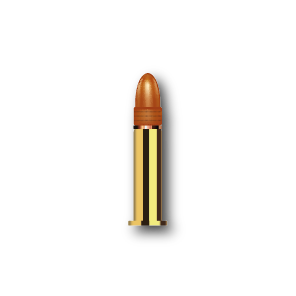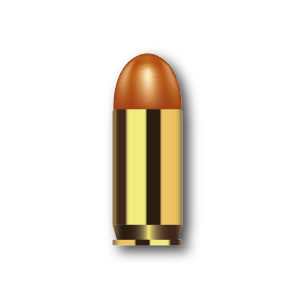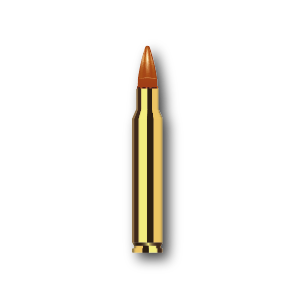BALLISTICS OF BLAST-SAFE PRODUCTS
Further Characteristics
- High explosion and bullet resistance
- High ductility and energy absorption
- Eaves dropping, x-ray absorption
- High durability
- Freeze-thaw-resistance
- Abrasion resistance
- Impervious
- Fire resistance
- Electric conductivity
The material performance of Blast-Safe™ is programmable and can be adjusted to the required characteristics. For example the flexural strength varies from high load bering capacity to extremely ductile behavior. This is required for high energy absorbing structural elements (explosion, earthquake, impact).
Ballistics is the field of mechanics that concerns with the launching, flight behavior and impact effects of projectiles, especially ranged weapon munitions such as bullets, unguided bombs, rockets or the like; the science or art of designing and accelerating projectiles so as to achieve a desired performance.
A ballistic body is a free-moving body with momentum which can be subject to forces such as the forces exerted by pressurized gases from a gun barrel or a propelling nozzle, normal force by rifling, and gravity and air drag during flight.
A ballistic missile is a missile that is guided only during the relatively brief initial phase of powered flight and the trajectory is subsequently governed by the laws of classical mechanics; in contrast to (for example) a cruise missile which is aerodynamically guided in powered flight like a fixed-wing aircraft.
Ballistics is often broken down into the following four categories:
- Internal ballistics the study of the processes originally accelerating projectiles
- Transition ballistics the study of projectiles as they transition to unpowered flight
- External ballistics the study of the passage of the projectile (the trajectory) in flight
- Terminal ballistics the study of the projectile and its effects as it ends its flight

VPAM 1 / B1
Caliber 22 lr.
Distance 10m, mass 2,6g, speed: 360 m/s, energy 168 joule.

VPAM 2
Caliber 9mm Luger
Distance 5m, mass 8g, speed: 360 m/s, energy 518 joule.

VPAM 3 / B2
Caliber 9mm Luger
Distance 5m, mass 8g, speed: 415 m/s, energy 689 joule.

VPAM 4 / B3
Caliber .357 Magnum
Distance 5m, mass 10,2g, speed: 430 m/s, energy 943 joule.

VPAM 4 / B4
Caliber .44 Rem Magnum
Distance 5 meter, mass 15.6g, speed: 440 m/s, energy 1510 joule.

VPAM 5
Caliber .357 Magnum
Distance 5m, mass 7.1g, speed: 580 m/s, energy 1194 joule.

VPAM 6
Caliber 7.62 x 39
Distance 10 meter, mass 8g, speed: 720 m/s, energy 2074 joule.

VPAM 7 / B5
Caliber 5.56 x 45
Distance 10m, mass 4g, speed: 950 m/s, energy 1805 joule.

VPAM 7 / B6
Caliber 7.62 x 51
Distance 10 meter, mass 9.55g, speed: 830 m/s, energy 3289 joule.

VPAM 8
Caliber 7.62 x 39
Distance 10m, mass 7.7g, speed: 740 m/s, energy 2108 joule.

VPAM 9 / B7
Caliber 7.62 x 51
Distance 10 meter, mass 9.7g, speed: 820 m/s, energy 3261 joule.

VPAM 10
Caliber 7.62 x 54 Rem.
Distance 10m, mass 10.4g, speed: 860 m/s, energy 3846 joule.

VPAM 11
Caliber 7.62 x 51 / 3.08 Win
Distance 10 meter, mass 8.4g, speed: 930 m/s, energy 3633 joule.

VPAM 12
Caliber 7.62 x 51
Distance 10m, mass 12.7g, speed: 810 m/s, energy 4166 joule.

VPAM 13
Caliber 50 Browning
Distance not defined, mass 43.0g, speed: 930 m/s, energy 18595 joule.

VPAM 14
Caliber 14.5 x 114
Distance not defined, mass 63.4g, speed: 911 m/s, energy 26308 joule.
